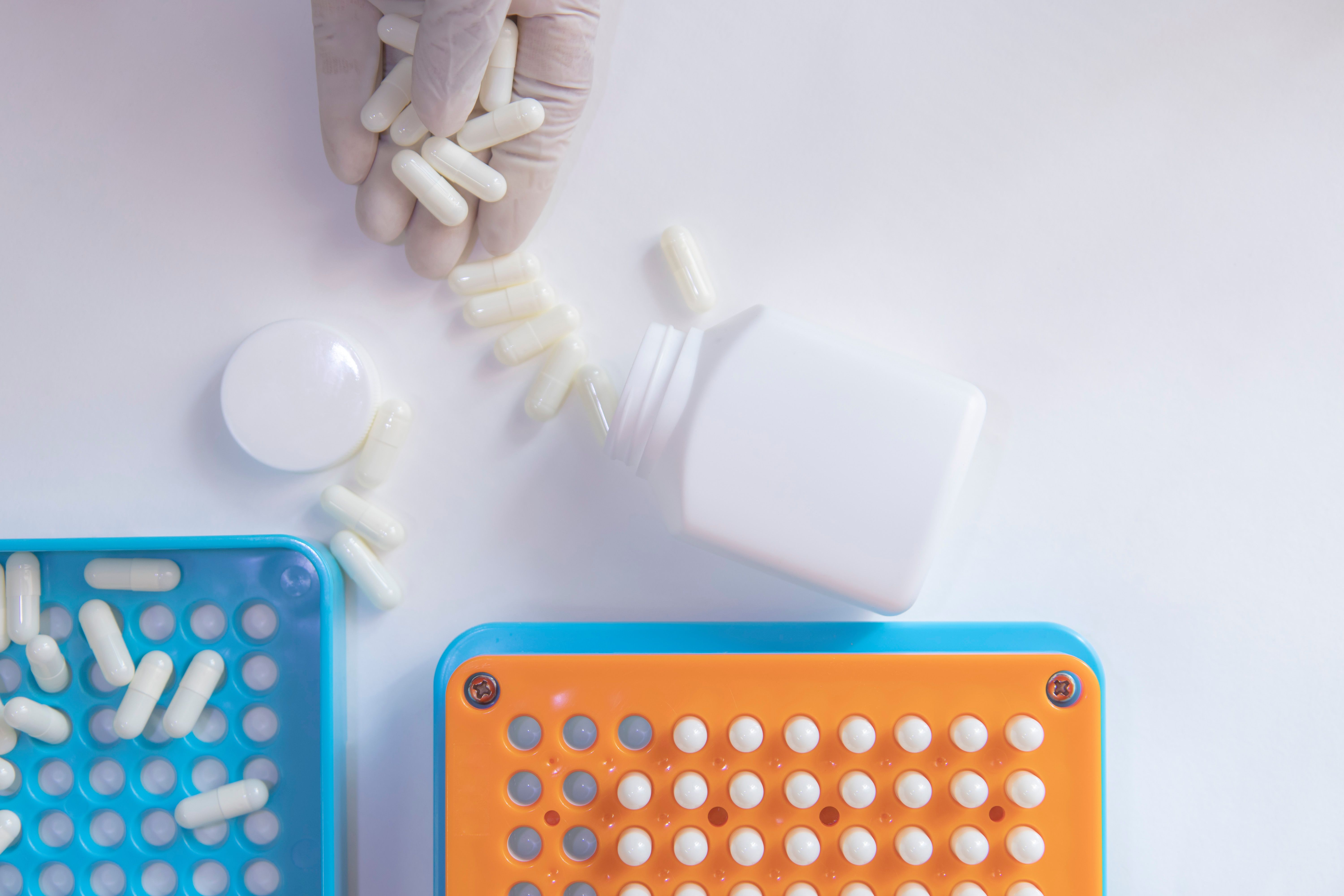
Article
Shared Language Improves Outcomes for Spanish-speaking Patients with Diabetes
Author(s):
When it comes to diabetes, that lack of a shared language can be a tremendous barrier to care.
How many times do pharmacists and pharmacy technicians muse, ‘I wish I spoke Spanish?’ Many practicing pharmacists in the United States see a large number of Spanish-speaking patients, but don't speak the language.
When it comes to diabetes, that lack of a shared language can be a tremendous barrier to care. Hispanic patients are at elevated risk for diabetes and its complications compared with Caucasians, according to a recent study.
Pharmacists at the University of Colorado Skaggs School of Pharmacy and Pharmaceutical Sciences in Aurora, CO knew that many Hispanic patients receive care at federally qualified health centers (FQHCs), with more than half of their patients members of this patient population. They also knew that Hispanic patients prefer to receive care in their native language. The pharmacists established a Collaborative Drug Therapy Management—driven bilingual clinical pharmacy service on diabetes outcomes, and measured its impact.
They published the results of this successful intervention in the Annals of Pharmacotherapy. These investigators included patients diagnosed with diabetes (n=211) who visited the pharmacy for the first time between July 1, 2015, and March 31, 2016. At that time, patients' median pre-intervention HbA1C was 10.5%.
Over the ensuing months, they reviewed medical record data to look for HbA1C changes, blood pressure (BP) changes, number of visits, ethnicity, and primary language preference. The mean number of in-person visits with a pharmacist was 3.5 per patients.
At the study's end, the median post-intervention HbA1C was 9.1%. These patients also has statistically significant BP reductions. Improvement in HbA1C increased as the number of visits with the Spanish-speaking clinical pharmacist.
Hispanic patients, and those who preferred their care in Spanish, had the same outcome as non-Hispanics and English speakers. This finding is important because multiple studies have shown that patients in this population have had traditionally had poorer outcomes.
This study should be incentives for pharmacists and technicians who serve large Hispanic populations to consider taking Spanish-language lessons. It can improve outcomes.
Reference
Chavez B, Kosirog E, Brunner JM. Impact of a bilingual pharmacy diabetes Service in a Federally Qualified Health Center. Ann Pharmacother. 2018 Jun 1:1060028018781852. doi: 10.1177/1060028018781852. [Epub ahead of print]
2 Commerce Drive
Cranbury, NJ 08512
All rights reserved.




